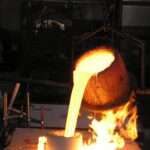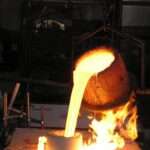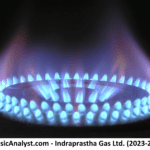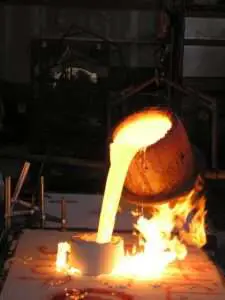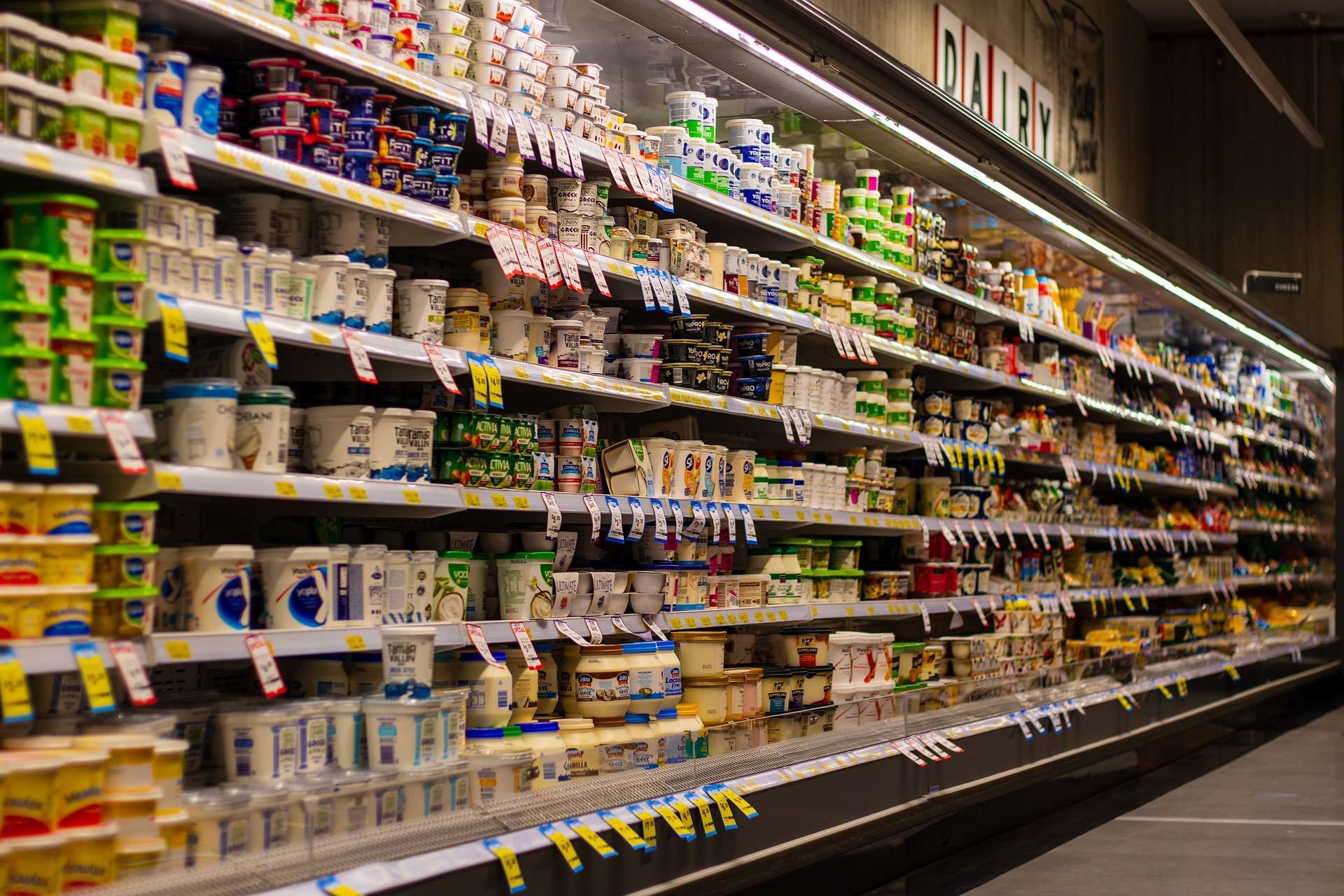
Fundamental Analysis And Intrinsic Value Of Avenue Supermarts Ltd. (2023-24)
In this article we will try to analyze Avenue Supermarts Ltd. based on previous six years of financial statements viz Balance sheet, Profit and Loss statement and Cash flow statement. With this fundamental analysis we will try to gain insight into the financial health, operating efficiency and profitability of the company and finally try to derive the intrinsic value of the stock using Discounted Cash Flow method and the price at which the stock becomes attractive for long term investment. This article is divided in two sections as listed below :-
Section 1: Quantitative Fundamental Analysis on Financial Health, Operating Efficiency And Profitability.
Section 2: Calculation Of Intrinsic Value.
Dated: 04 Oct 23
Company: Avenue Supermarts Ltd.
CMP: Rs. 3859.00
Market Capitalisation: Rs. 2,51,117.89 Cr.
Avenue Supermarts is a key player in the realm of organized retail, overseeing a chain of supermarkets known as D-Mart. Founded by the renowned value investor Mr. Radhakrishnan Damani, and under the strategic leadership of another legend in value investing, Mr. Ramesh Damani, who serves as Chairman of the Board, the company embarked on its journey in the year 2000. In the initial stages the company expanded with extreme caution opening only 10 stores in the first eight years. However, it has since experienced remarkable growth, currently managing approximately 384 stores across various states in India. A distinguishing feature of Avenue Supermarts is its cluster-based expansion strategy, which enables cost efficiency and deeper market penetration in its operational regions. In response to the expanding presence of e-commerce, the company has also entered the digital commerce arena through Avenue E-commerce Limited, also known as AEL. Furthermore, Avenue Supermarts has introduced DMart mini MAX, a chain of small-format grocery stores, as part of its multifaceted expansion approach. Avenue Supermarts is on an ambitious path to extend its footprint in various facets of the retail sector, exhibiting an accelerated pace of growth and innovation..
Note: Here we are carrying out only the quantitative fundamental analysis of Avenue Supermarts Ltd. as the qualitative analysis is more subjective and individual views may vary vastly.
****************************************************
Fundamental Analysis Of Avenue Supermarts Ltd.
Leverage Ratios




Observations:
- The company is debt free and is maintaining a healthy interest coverage ratio.
Operating Ratios




Observations:
- Company is maintaining a positive working capital turnover ratio.
- Since it is a retail store chain and items are sold on ready payment the receivable turnover ratio is exceptionally good.
Profitability Ratios







Observations:
- The company has witnessed an increase in PAT while maintaining the margins intact.
- Other ratios ROE, ROCE and ROA has seen a decline during the period. The company is focusing more on opening new stores as is clear from the capex done by the company during the period however, it also needs to focus on other Key performance Indicator i.e revenue generation per retail business area which has been on a decline.
****************************************************
Intrinsic Value of Avenue Supermarts Ltd.
Before we enter into the calculation of Intrinsic value of Avenue Supermarts Ltd. we have to make some logical assumptions based on the previous six years financial statements and ongoing yield for 10y Government Of India bonds.
Assumptions:
- Terminal growth rate is assumed to be 0%.
- Weighted Average Cost of Capital(WACC) is assumed to be 12%.
- Free cash flow will be 4% of revenues in future. The FCF/Revenue ratio for the period under consideration has an average of 0.04. We assume that this ratio will hold good for future.
Based on the above assumptions we have arrived at two levels as intrinsic value of the firm. One is based on extrapolation of Free Cash Flow and the other is based on Free cash flows derived from extrapolated values of revenues. Both the methods only differ in how the input values are derived; in both the cases the present value is arrived at using Discounted Cash Flow Method.
Free Cash Flow Growth Model
Intrinsic Value: Rs. 207.40
Stock Entry price with 25% margin of safety: Rs. 155.55
Revenue Growth Model
Intrinsic Value: Rs. 240.00
Stock Entry price with 25% margin of safety: Rs. 180.00
The intrinsic values arrived above are not the same since the Free Cash Flow model considers a pessimistic starting base value of present free cash flow for extrapolation whereas the Revenue Growth model takes the actual point on the extrapolation line for the current year. The average of the above two stock entry prices works out to be Rs. 167.77. When the stock starts trading below this price it becomes attractive for long term investment. This value is valid till the next financial year results are published or some major fundamental change takes place in the company.
****************************************************
Author
Jibu Dharmapalan
Fundamental Analyst
Disclaimer:
This article is for educational purpose only. Investment in securities market is subject to market risks. Please consult your Financial Advisor before investing.
If You Like This Content 👇👇👇
Click Here To Join Us on Facebook For Free Live Interactive Discussion And Learning
References:
https://www.bseindia.com/stock-share-price/avenue-supermarts-ltd/dmart/540376/financials-annual-reports/
https://www.dmartindia.com/investor-relationship
Click Here for Home
FAQs
What is Intrinsic Value?
Ans: When someone invests in an asset, he does so in order to earn money from the business. The investor gets paid over a period of time as long as he is invested in the asset. Now intrinsic value is the present value of all such future cash flows generated by the asset. So logically one should not invest in any asset if the ask price is more than the intrinsic value of the asset.
How is Intrinsic Value of a company calculated?
Ans: For calculating the intrinsic value of a company all its future cash flows are extrapolated based on the past performance of the company, assumptions about the future growth of the company and its terminal value. Once all these are calculated these are brought to the present date based on appropriate discounting rate. The sum of all these gives the intrinsic value of the company. It may be more or less than the market capitalization of the company. If it is more than the market capitalization of the company then the company is said to be undervalued and is a good bet as a long-term investment and vice versa.
How is Intrinsic Value of a share calculated?
Ans: Once intrinsic value of a company is calculated as explained above, it is divided by the total number of outstanding shares of the company. This gives the intrinsic value of a share.
What is Discounted Cash Flow?
Ans: When we have cash flows that are spread over a period of time then Discounted Cash Flow method is used to calculate present value of all such cash flows. The present value depends on the discounting rate used. Usually 10 year Government bond yield rate(risk free rate of return) is used as the discounting rate.
